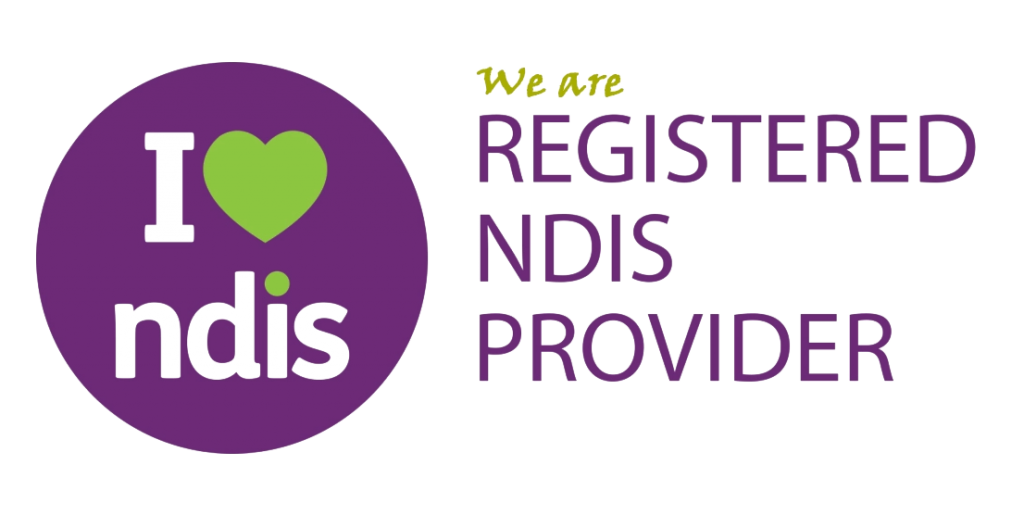When most people think about housing, they picture a roof over their head — a place to sleep, eat, and rest. But for people with disability, a home means so much more. It’s not just a physical space, but a foundation for independence, wellbeing, and dignity. That’s where Specialist Disability Accommodation (SDA) plays a transformative role.
SDA is more than just a home — it’s an environment purposefully designed to empower. It enables people with extreme functional impairment or very high support needs to live with greater autonomy, freedom, and connection to community. But the real power of SDA lies not only in its design, but in how it supports people’s lives in meaningful ways.
Let’s explore why SDA housing is more than bricks and mortar — and why supportive, accessible environments matter so deeply.
More Than Accessibility: Enabling True Independence
The core goal of SDA is to remove barriers — both physical and social — that restrict someone’s ability to live life on their own terms. From step-free entryways and wide corridors to automated doors and hoist-ready bedrooms, these design elements allow residents to navigate their homes freely and safely. But accessibility is only the beginning.
SDA environments support:
Daily routines without constant assistance
Greater privacy and personal space
A sense of ownership and control over the home environment
For many people, this is the first time they’ve had the chance to truly choose how they live — from what time they wake up, to who supports them, to what they do in their own space. It’s a shift from “being cared for” to living independently with the right support.
The Role of Custom Design
One of the most powerful aspects of SDA is its ability to be tailored to individual needs. Unlike traditional disability housing, SDA homes are designed with person-centred principles in mind — meaning no two homes, or two residents, are the same.
Custom design features may include:
Height-adjustable kitchen benchtops
Smart home technology for lighting, temperature, and security
Reinforced walls for behavioural support needs
Soundproofing and break-out spaces for people with sensory sensitivities
Space for assistance animals or personal support teams
These details may seem small to some, but to someone living with a disability, they can make the difference between just surviving and truly thriving.
Supportive Environments Build Confidence
A well-designed SDA home doesn’t just support physical needs — it supports mental health and emotional wellbeing too.
Living in a home that feels safe, supportive, and aligned with personal needs can:
Reduce anxiety and stress
Improve self-esteem and autonomy
Foster stronger relationships with carers and peers
Promote community participation and social inclusion
This is especially important for people who may have previously lived in unsuitable housing — such as aged care facilities, hospitals, or group homes that didn’t meet their needs. SDA offers the chance to reset and rebuild, not just physically but emotionally.
The Importance of Choice and Control
At the heart of SDA is a commitment to choice and control — two of the key principles of the NDIS.
This includes choices around:
Where to live and with whom
How the home is designed and adapted
Who provides day-to-day support
How daily routines are managed
This level of control helps residents shape their home life in a way that reflects who they are, not just what support they need. It moves the focus from disability to individuality, giving people the freedom to pursue their goals and live life their way.
Creating Community, Not Just Housing
A well-placed SDA home offers more than internal features — it offers connection. Homes that are located in inclusive, well-serviced areas help residents:
Access public transport, shops, and services
Stay close to family, friends, and social networks
Take part in community events and activities
Build informal supports outside formal care arrangements
The best SDA providers understand that a house isn’t a home without a sense of belonging. That’s why the right location, thoughtful design, and access to local amenities are all considered as part of the SDA development process.
The Impact on Families and Support Networks
The benefits of SDA extend far beyond the individual. Families, carers, and support workers also experience a positive shift when a person with disability moves into a well-designed, supportive home.
For families, this can mean:
Peace of mind knowing their loved one is safe and well-supported
More balanced relationships (from carer to loved one)
A chance to reconnect as family, not just providers of care
For support workers, SDA homes provide safer, more efficient environments in which to deliver care. This often leads to higher quality support, improved job satisfaction, and stronger relationships with residents.
SDA Is an Investment in People
SDA housing is, at its core, an investment — not just in property, but in people. When we create spaces where people with disability can live with dignity, autonomy, and pride, we strengthen the whole community.
Research has consistently shown that quality housing leads to:
Better health outcomes
Reduced reliance on crisis or hospital services
Increased participation in education and employment
Greater life satisfaction
It’s about creating a foundation for possibility — where people can not only live, but grow, contribute, and flourish.
SDA housing is not simply about meeting minimum standards. It’s about creating environments that empower. It’s about building homes — not institutions. And it’s about putting the person at the centre of every decision.
At The Independent Living Company, we believe SDA should be more than just functional — it should be personal, empowering, and built around the people who live in it. We create boutique, customisable SDA homes across Queensland designed to support independence, connection, and comfort.
If you’re exploring SDA for yourself, a loved one, or someone you support, we’re here to help — with guidance, housing options, and a genuine commitment to doing things differently.




